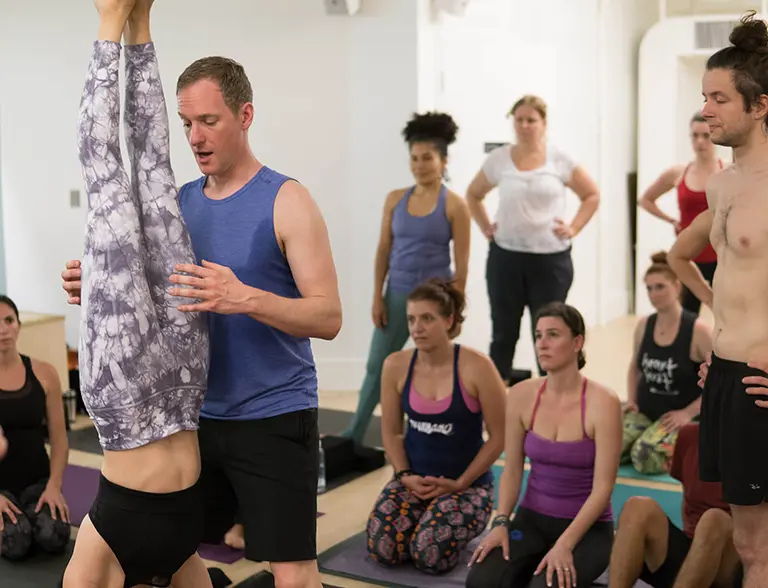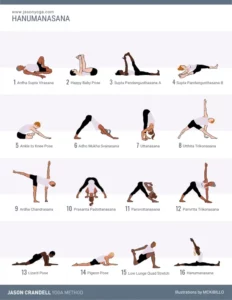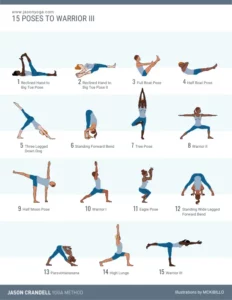Here are the most common mistakes that we all make from time-to-time while giving verbal cues for yoga poses:
Not Speaking Loudly Enough
I know it’s obvious, but few things are more uncomfortable for students than being unable to hear their teacher’s instructions. It’s not only annoying, it’s unsettling. There are three things to consider that impede your students’ ability to hear you: First, music that’s played too loud. Second, students are often in Down Dog or forward bends which turns their body away from you. And third, that sometimes you will not be facing your all of your students while you walk around the room and assist.
Dropping Your Voice Off a Cliff
What I call “dropping your voice off a cliff” comes from the paradox of speaking loudly enough that everyone can hear you while trying to keep a calm, quiet, soothing demeanor. What I mean by “dropping your voice off a cliff” is making the last word or two of an instructional sentence too quiet relative to the rest of the sentence. Our voice drops from full volume to low volume because we’re trying to soften the feel of an instruction. So we do something like this, “INHALE, LENGTHEN YOUR TORSO FORWARD INTO ARDHA UTTANASANA; EXHALE STEP BACK INTO downward-facing dog.” We change volume too much and the end of the sentence disappears. This is one of the many things I try to clean up about my delivery in all of my classes.
Using Upspeak
Compare these two phrases: “Step back into Downward-Facing Dog,” and, “Step back into Downward-Facing Dog??” Written the first way, it’s a clear command. Written the second way it’s a question. You know exactly what I’m talking about. Right. Right? Phrasing commands as questions is a pretty common vocal inflection that we can all do without.
Adding Filler Words
I do it. You do it. We all add filler words—often unconsciously. I was teaching a 200-hr yoga teacher training in Japan and, despite my inability to speak Japanese, I heard the phrase “et to” so many times during peer teaching sessions that I asked the interpreter what it means. She said, “It doesn’t mean anything, it’s similar to saying ‘like’ or ‘uh’ in English.” Filler words and phrases such as “like,” “good,” “yes” and “uh” are omnipresent in the classroom. Notice what your filler words are and, uh, like, practice not using them!
Lacking a Declarative Instruction by “ing-ing” Your Students to Death
Listen to this set of instructions: “Inhaling, stretching your arms overhead; exhaling, forward bending; inhaling lifting half-way up; exhaling stepping back to Downward-Facing Dog.” I could go on and on and there would be nowhere to put a period because there is no specific call to action. Using “ing” is fine, but constant usage creates a run-on sentence. Be mindful of your phrasing and don’t be afraid to come to a conclusion and add a period. Instead, try “Inhaling, stretch your arms overhead. Exhaling, forward bend.”
Crowding Your Students Ears
When you give an instruction you also need to give your students enough time and space to complete the instruction. When there is a constant stream of instructions your students don’t have time to do what you’re asking them to do. Remember to take a breath or two after each cue and allow your students to integrate the information.
Using Passive Voice
It’s generally preferable to use active voice because it’s more direct and conveys more certainty to the listener. Active voice is the subject of a sentence does an action (denoted by a verb). Passive voice is when the subject is acted upon by the verb. Passive voice is wordier and harder for the listener to decipher the meaning of the sentence. I notice that people tend to use passive voice when they uncomfortable being direct. Here’s an example of passive voice: “The action of the iliotibial band is to assist in knee extension and provide some external rotation force.” Notice the phrases, “the action of the …” and “…is to assist.” These are passive, unnecessary phrases that don’t help our students. Instead, the sentiment could be expressed like this: “The iliotibial band helps extend and externally rotate the knee.” This phrase is more simple, clear and direct. Again, we all make mistakes. But, we owe it to our yoga students to refine the craft of verbal cueing yoga poses. Becoming aware of your errors is the first step. The second step is to focus on the six components of making your verbal cues more accurate, concise, and digestible. We’ll tackle this in Part II of this series.




